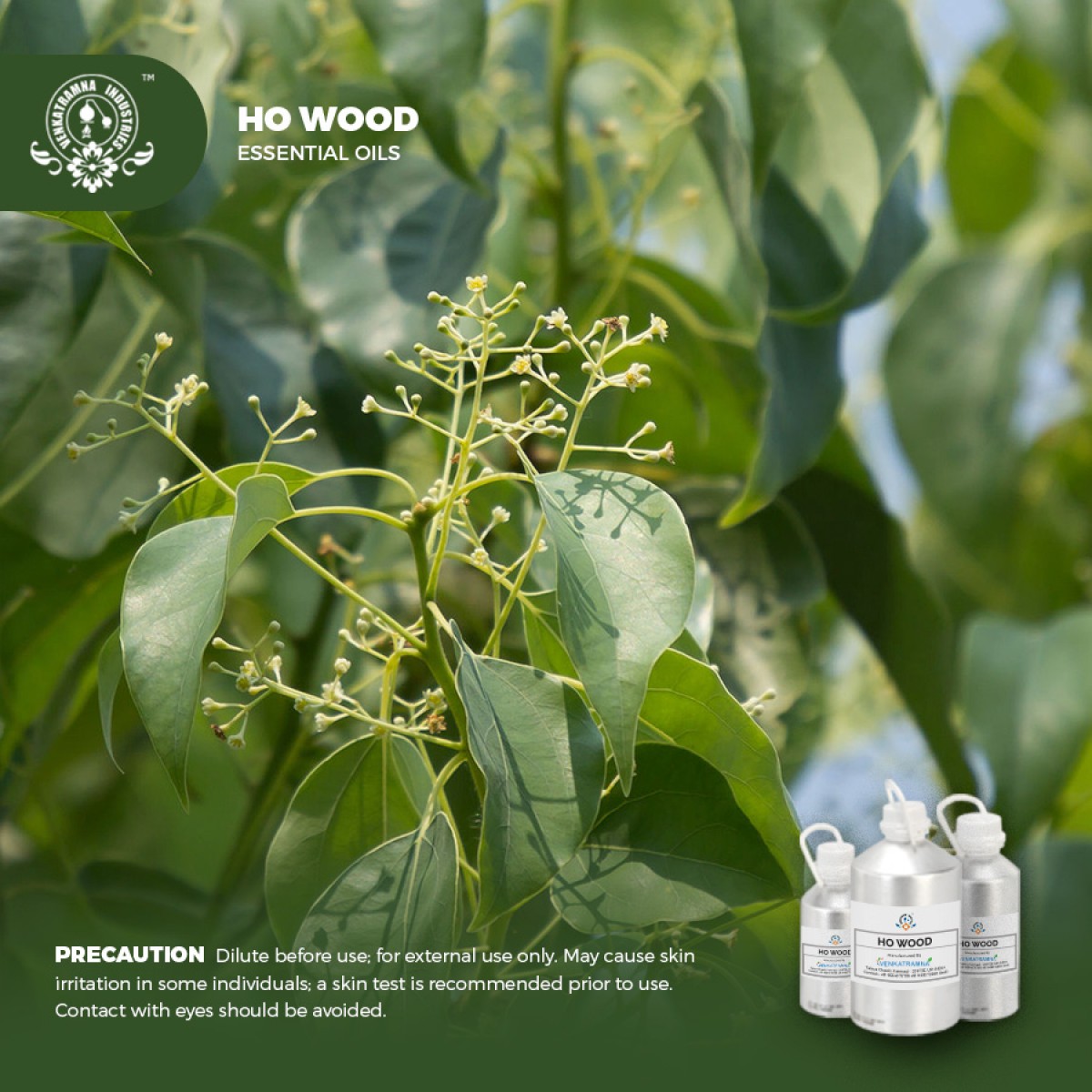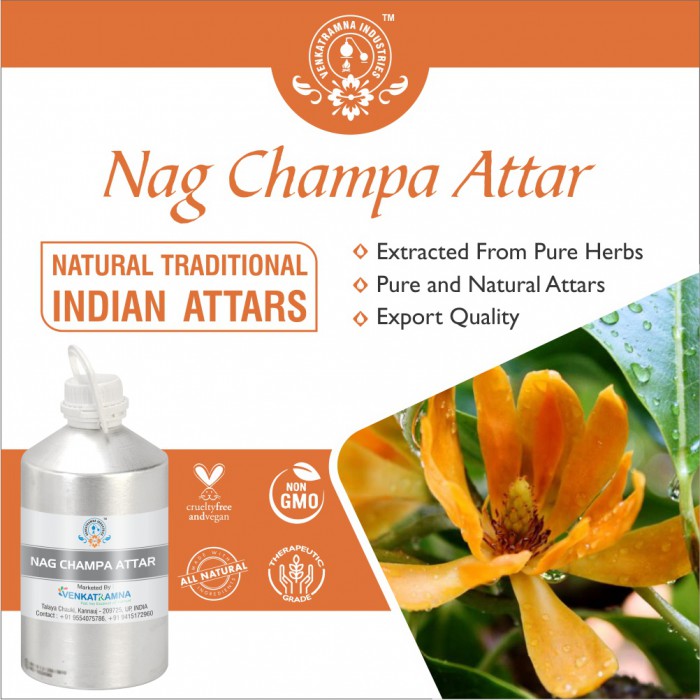Botanical Name: Cinnamomum camphora Common name: Camphor wood, camphor laurel Read More
|
Botanical Name: |
Cinnamomum camphora |
|
Common name: |
Camphor wood, camphor
laurel |
|
Plant family: |
Lauraceae |
|
Genus: |
Cinnamum |
|
Appearance/Color: |
Thin liquid with
pale yellow to yellow color |
|
Odor: |
Medium strength aroma
having scent like sweet rosewood with camphorous smell |
|
Blends With: |
Bergamot,
lavender, geranium, sandal wood, cedar wood |
|
Origin: |
China |
|
Source: |
Wood |
|
Method of
Extraction: |
Steam Distillation |
Cinnamomum camphora is a relatively
fast-growing, evergreen tree with dense crown. The plant is grown commercially
in China and Japan as a medicinal tree and also for its essential oil. Ho wood oil is
often considered as white camphor oil because of its lighter grade and it can
be blended more easily.
Ho wood gained its popularity when Linalool producing facility faced a major explosion in 1985. In order to meet the demand for linalool, Ho wood was grown to meet its commercial scale expectations. Ho wood essential oil is contained in the bark and branches of the tree and is generally extracted through a steam distillation process.
DISCLAIMER
The complete range of conditions
or methods of use are beyond our control therefore we do not assume any
responsibility and expressly disclaim any liability for any use of this
product. Information contained herein is believed to be true and accurate however,
all statements or suggestions are made without warranty, expressed or implied,
regarding accuracy of the information, the hazards connected with the use of
the material or the results to be obtained from the use thereof. Compliance
with all applicable federal, state, and local laws and local regulations
remains the responsibility of the user.
The FDA has not evaluated the
statements on this website. No claims are made by Venkatramna Industries as to
the medicinal value of any products from vriaroma.com or by us. The information
presented here is for educating our customers about the traditional uses of
essential oils and is not intended to diagnose, treat, cure, or prevent any
disease. You are responsible for understanding the safe application of these products.
If you have any questions, please call or email us for further information.
As per NAHA guidelines, New Directions Aromatics
(NDA) does not recommend the ingestion of essential oils. It is imperative to
consult a medical practitioner before using Essential Oils for therapeutic
purposes. Pregnant and nursing women and those taking prescription drugs are
especially advised not to use this product without the medical advice of a
physician. The oil should always be stored in an area that is inaccessible to
children, especially those under the age of 7.
Ho Wood essential oil has a series of healthy and potent chemical
components and is effective in treating a wide range of skin related issues.
It’s refreshing sweet aroma has calming effect on mind has a soothing
impact on hypertensive stage of brain.
Ho Wood essential oil in Pharma
Ho Wood essential oil has specific anti-inflammatory, antifungal,
antibacterial, analgesic, anticonvulsant, antispasmodic actions
pharmaceutically. The high linalool content creates a peaceful environment that
relaxes mind and clears away stress. Strong camphor content accounts for
anti-inflammatory action.
It re-nourishes skin, and removes bacteria by its
antibacterial action. This makes it effective in inflammation and skin
irritation. It works well in fungal infections like athlete’s foot and any open
wounds.
Essence of Ho Wood essential oil
Ho Wood essential oil has enhanced anti-bacterial properties make it very much useful in
skin care applications to treat acne, rashes and blemishes. Its antioxidative
properties rejuvenates skin and promotes cell regeneration and maintain skin
health.
COMMON USAGE
·
Increases immunity to viral infections because
of antiviral properties
·
Heals skin wounds
·
Mind relaxing
·
Calming effect on mind
·
In Skin care to treat acne, blemishes
·
Sun burn relief
·
Antioxidant Rich and therefore a natural cancer
preventor
·
Antispasmodic
·
Tissue regeneration
Ingredients:
|
S.No |
Key Constituents |
Strength (%) |
|
1 |
Saffrole |
50-60 |
|
2 |
camphor |
<3 |
TOXICOLOGICAL
INFORMATION
Safety Summary
·
Hazardous: potentially carcinogenic based on
safrole content
·
Contraindications: should not be used internally
·
Due to high safrole content in brown camphor
oil, it is recommended not to use brown camphor oil in therapy.
Organ Specific Effects
·
Adverse skin reaction: undiluted brown camphor
oil was found non-irritating in rabbits, pigs and mouse. tested at 4% on 25
volunteers and was found nonirritating and non-sensitizing. Non-phototoxic
Systemic Effects
·
Acute Toxicity:
o Oral-rat
LD50 3270 mg/kg
o Skin-rabbit
LD50 > 5000 mg/kg
·
Skin corrosion/irritation: may be irritating to
skin
·
Respiratory or skin sensitization: Breathing
high quantity of vapors can cause anesthesia.
·
Serious eye damage/irritation: may be irritating
to eye. Prompt rinsing r removal of substance from eye may avoid damage.
·
Carcinogenicity:
IARH: No component of this product present at levels
greater than or equal to 0.1% is identified as probable, possible or confirmed
human carcinogen by IARC.
ACGIH: No component of this product present at levels
greater than or equal to 0.1% is identified as probable, possible or confirmed
human carcinogen by IARC.
NTP: No component of this product present at levels
greater than or equal to 0.1% is identified as probable, possible or confirmed
human carcinogen by IARC.
OSHA: No component of this product present at levels
greater than or equal to 0.1% is identified as probable, possible or confirmed
human carcinogen by IARC
·
Reproductive toxicity: No data available
·
STOT single exposure: No data available
·
STOT repeated exposure: No data available
ECOLOGICAL
INFORMATION
·
Acute fish toxicity:
LC50 / 96 HOUR – No data available
Toxicity to aquatic plants – No data available
Toxicity to microorganisms – No data available
Toxicity threshold – No data available
·
Bioaccumulation: bioaccumulation is unlikely
·
Mobility in soil: No data available
·
Persistence and degradability: biodegradation is
expected
·
Other adverse effects: Do not allow it to enter
into water systems and marine environment.





 MSDS-Howood.pdf
MSDS-Howood.pdf




